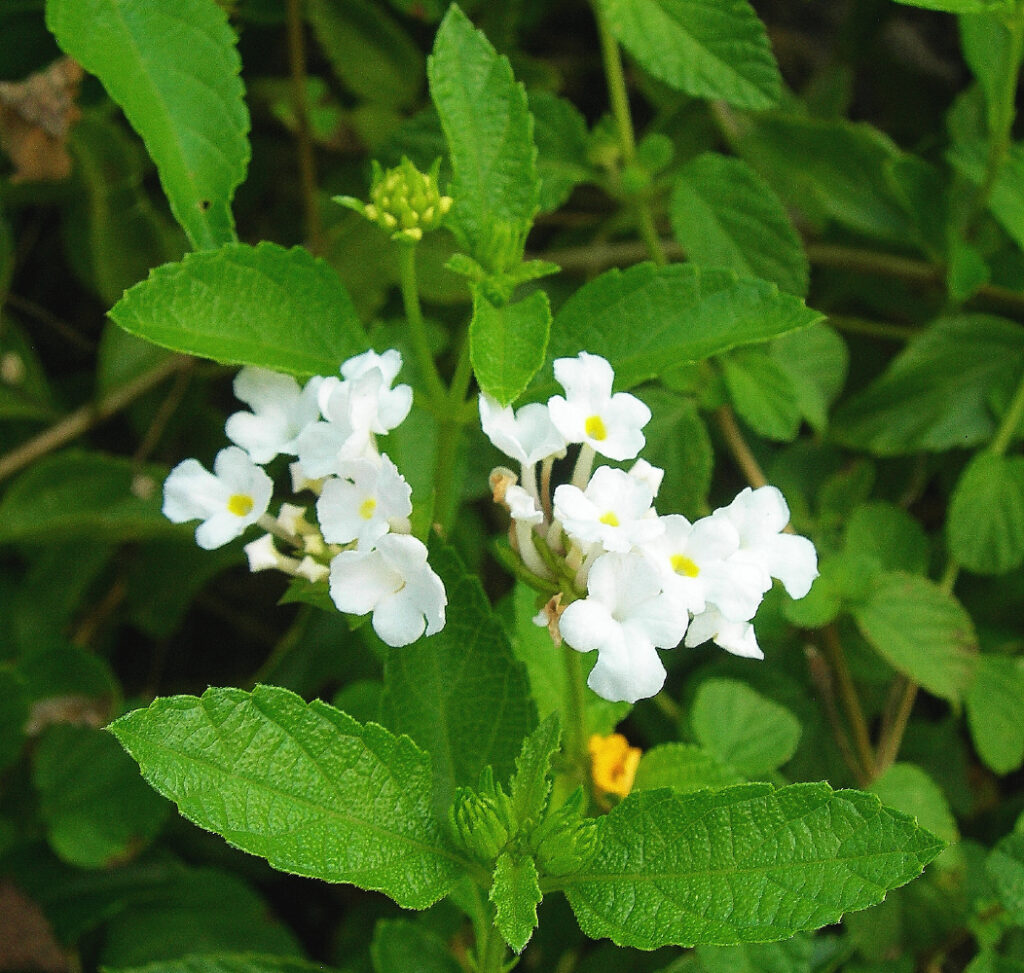Q: I have an issue I have been dealing with for years. In my front yard, up against the house, is a narrow flower bed. It is 18 X 25 feet and gets all of the western sun. I have tried a few different plants, but none have taken a liking to that spot. Any suggestions about selecting plants for a western exposure would be appreciated.
Diana
Vero Beach, FL

A: Plants are living things; like humans, most have specific growth requirements. A western exposure, next to a heat collector such as a building, is a tough place for many plants to grow, much less thrive. The best way to select plants for your landscape is to take the time to know the facts about your site. Perform a site review and record the results on paper. Draw the house, walkways, existing trees, and plants. Note shade patterns and exposures – north, south, east, or west. Also, write down observations about soil conditions and plant growth. Mark wet spots, areas with arid soil, and locations with challenging situations.
Mark your site plan with the USDA Hardiness Zone. Also, note the American Horticulture Society Heat Zone for your area somewhere, usually between 10 and 11 for tropical and subtropical regions. These measurements indicate high and low-temperature tolerances, and many nursery tags carry this information helping you select plants generally adapted to the area.
I lived with a western exposure for many years and found the plants that survive the best, despite morning shade, are those adapted to full sun and drought. These plants have modifications such as thick or hairy leaves and low water requirements. Think plants happy growing beachside.
Modifying the bed and surrounding landscape can make planting in the challenging area easier. Do a little excavation; beds near the house may have been filled with construction debris that should be removed. Get a soil test to determine pH at a minimum. Shade is a good thing for over-heated plants. A tree planted far enough away from the structure to avoid damage during a storm can moderate the heat and intensity of the sun on the bed.
Matching a plant’s needs to the site conditions results in plants ready to grow and thrive once established and is critical when selecting plants for a western exposure. There are many resources with lists of plants. Here are links to a few lists I find helpful. Coastal Landscape Menu – University of Florida, Salt and wind tolerance of landscape plants for Hawaii – University of Hawaii, The Florida Native Plant Society Find Plants Page, and the book Native Florida Plants for Drought- and Salt-Tolerant Landscaping by Wunderlin, R. and Kish, G published by Pineapple Press. Also, check out How and Where to Buy Plants to help find good plants.
Pick plants you like. I avoid those labeled “fast-growing”; many quickly outgrow the space or are invasive. For challenging sites, I prefer to put plants in the ground before the teeth of the summer arrive and with enough time to establish them in the growing spot. A few of my favorite plants for western exposure locations include carissa, native lantana, dune sunflower, pentas, scarlet sage, Walter’s viburnum, dinnerplate kalanchoe, and firebush.
This column and image first appeared in the Treasure Coast Newspapers.
Leave a Reply